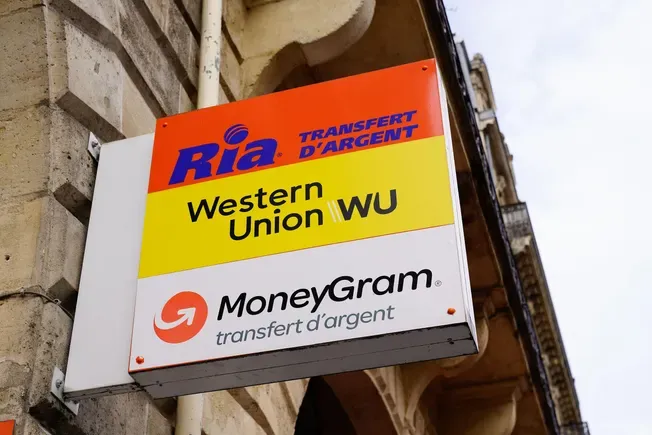As an industry and as a country we are subject to a wealth of house price stats, indices, reports, etcetera, which in any given month can range from slump to rise and from slight increases to steady falls.
I fully appreciate that every data source will have a different way of collating and interpreting the data, often over differing time periods, but is it any wonder that some of the headlines generated from these reports can often leave some homeowners and potential owners a little confused?
While the end values were not wildly different…
A degree of confusion may also be evident in the landlord community, which — due to a variety of rising costs, notably mortgage rates and general running costs — is currently in a state of flux over how much to charge from a rental perspective.
And I’m bringing up this subject on the back of a week of mixed messaging in early February.
…the headlines that accompanied them were
This consisted of data from Goodlord that suggested January had offered a varied picture for landlords, with rents edging higher but voids hitting their highest level for two years. The average rent for a property in England was reported to have risen fractionally since December — inching up by half a percentage point from £1,071 per calendar month (PCM) to £1,076, which was 8% higher than at the same time last year.
In contrast, while the subject of voids was sidestepped in a market analysis by HomeLet, its January figures showed that the average rent was £1,172 PCM, after falling marginally by 0.2% against the December average of £1,174 PCM, marking the second consecutive month with a fall.
Contrasting responses
These pieces of data were released on the same day and, while the end values were not wildly different, the headlines that accompanied them were.
In their wake, data taken from the Q4 2022 BVA BDRC Landlord Panel report, in conjunction with Foundation Home Loans, implied that landlords were likely to raise rents this year after reporting ‘increased running costs’.
Conflicting data can lead to question marks being raised in and around various markets
The BDRC data also highlighted a contrasting outcome in that void periods had fallen to a historical low, with only one in four landlords reporting a property without tenants in the preceding three months.
In addition, the typical void period had fallen by an average of 12 days, to 70, suggesting it was easier for landlords to fill properties than at any point in the past six years.
Question marks
Now, I’m not questioning the validity of any aspects of the figures outlined here, and it’s prudent to point out that some data was gathered in Q4 2022 and some in January 2023. But, harking back to my original point, it can lead to question marks being raised in and around various markets.
The buy-to-let market is well versed in batting off misconceptions. Over the years, many doom-and-gloom merchants have questioned the value of buy-to-let as an investment vehicle — some with validity and some less so.
In fact, it is a sector that has gone from strength to strength over the years, demonstrating the resilience and ongoing value attached to the private rented sector.
The landlord community is in a state of flux over how much to charge from a rental perspective
Looking forward, there is no question that challenges remain for landlords.
Opting for the right level of rental charge and minimising void periods will play a key role in overcoming many of these in the short, medium and longer term.
Of course, the onus remains on all landlords to ensure that any potential new purchase or existing stock within portfolios will be profitable.
However, in an increasingly complex mortgage market the advice process can help filter this information, along with the misinformation, to generate greater levels of clarity for even the most experienced of landlords.
Cat Armstrong is mortgage club director at Dynamo
This article featured in the March 2023 edition of MS.
If you would like to subscribe to the monthly print or digital magazine, please click here.
Original Article






